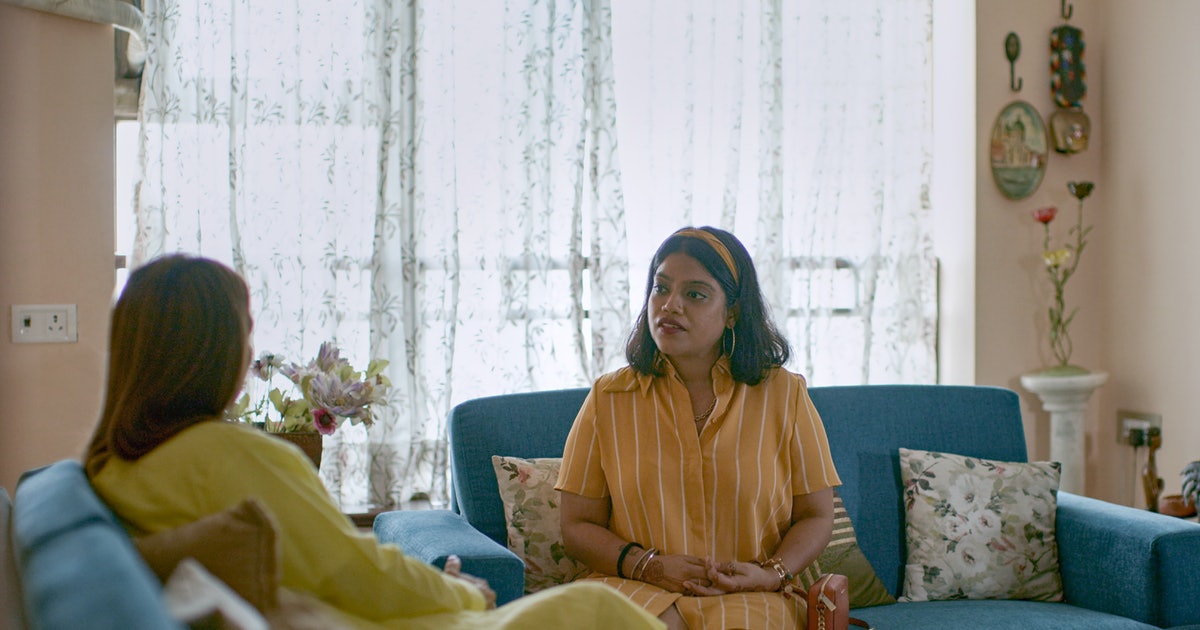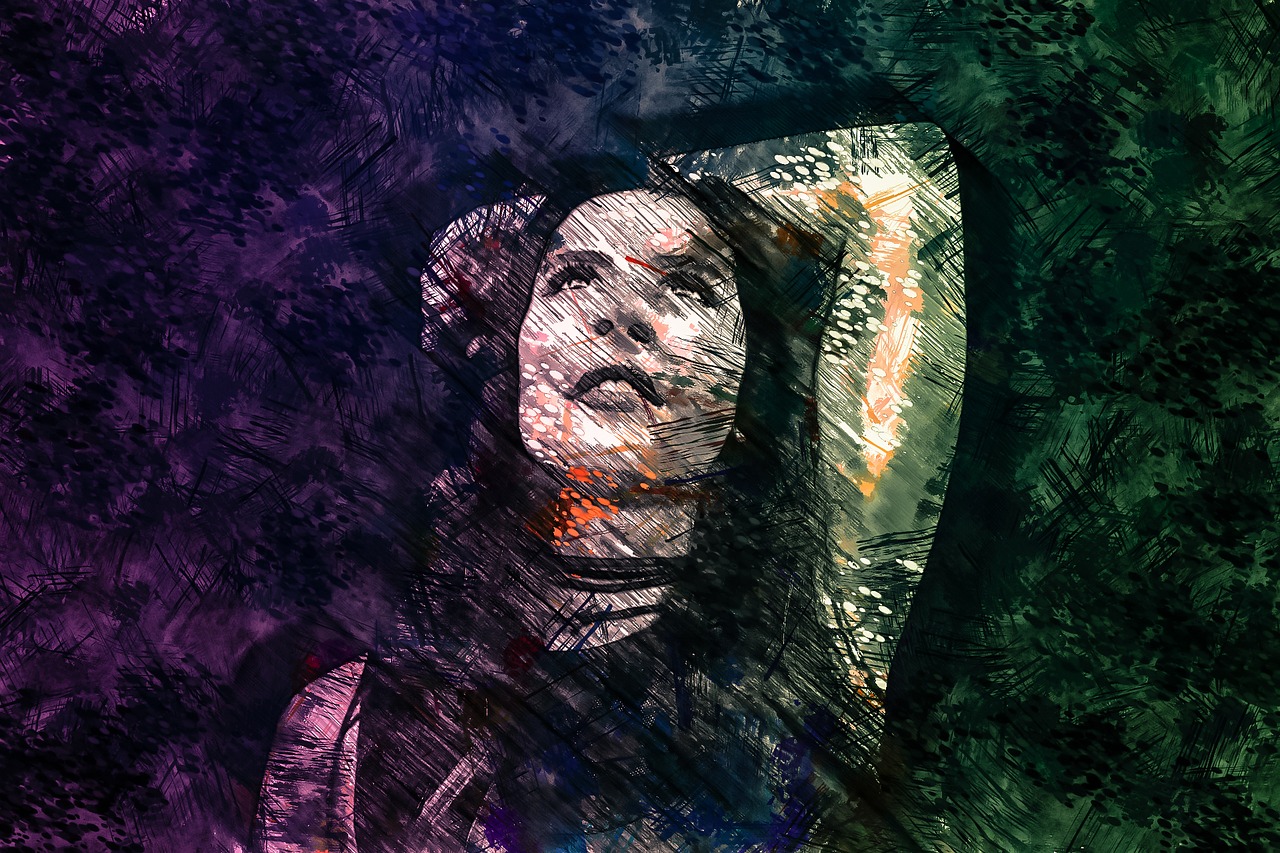In India, marriage and wedding rituals are of paramount importance and are overhyped by the media, television and film world. Idealised notions of marriage and family have been normalised to such an extent that women often try to ‘fit’ into gendered roles. The notion of attractiveness and ‘sexiness’ are vital aspects of the current definitions of femininity. Society expects women to be thin, to invest in maintaining their physical appearance, in order to be seen as a desirable partner – ‘a trophy wife’ who should be the epitome of physical beauty.
Additionally, in contemporary times, working women who are capable of ensuring a perfect work-personal life balance with no complaints – but without being ‘too independent’ – are lauded.
Though body image issues are not restricted to any specific gender, many scholars have argued that men experience less stigmatisation and social pressure in contrast to women when it comes to obesity, dark skin tones and any other physical markers that may not be viewed as ‘ideal beauty’. While a positive body image boosts self-confidence, a negative body image lowers a woman’s self esteem and distorts self image. The pressure to bridge the gap between ‘real’ and ‘ideal’ becomes so intense that some of us force ourselves into strict diet routines, intense gym sessions and even harmful surgeries.
Also read: My Body Is My Permanent Home – And I Must Embrace it
The process of the formation of one’s body image, however, starts from early childhood. As one reaches adolescence, it becomes more prominent – so much so that women start self-objectification and self-surveillance, which has kept evolving in the digital era that we live in. And this perception is based on the self (what you feel), the others (whose opinions matter to you) and society (accepted norms).
Parallel to sociologist Charles Horton Cooley’s concept of ‘looking glass self’, individuals develop their concept of self by observing how they are perceived by others. Therefore, although body image is perceived as not an individual construct by the psychologist, it is socially constructed.
Fariya, a woman from a middle-class family, said:
“I started dieting and doing rigorous workouts when my husband asked me to lose weight so that our wedding album looks better. I also wanted to look better, so I decided to follow his suggestions. Nevertheless, it was difficult for me as I have always been slightly on the chubbier side.
However, I was surprised when my husband continued to emphasise on losing weight after marriage. I had other health issues which made the weight loss journey more difficult. I started hating myself…”
The above narrative reflects how the perception of attractiveness and beautification are set by others – in this context, by the partner. If we go by the technical definition of Domestic Violence Act 2005, body shaming could be seen as a form of verbal and emotional abuse as it violates dignity of woman and their bodily rights.
Also read: ‘She is Dark’: Marriage Prospects, Labels and Society’s Undying Expectations
In the recent Netflix show Indian Matchmaking, one of the clients, Ankita, who is a strong, independent businesswoman, was told “you’ll never find anybody unless you lose some weight”. In the show, she admitted that due to body image issues she was unsure about herself when it came to approaching men. These lived experiences expose the crucial linkages of body image issues with body shaming and its dreadful repercussions on one’s mental health. Moreover, the show re-enforced the misogynistic notion that if one is ‘slim, trim and educated’, the probability of finding a suitable spouse is more, or that they have an upper hand in finding the ‘right’ person.

A still from Indian Matchmaking on Netflix.
The idea of body image and its association with marriage is old. A quick look at the matrimonial ads and matrimonial websites highlights what kind of bodies and attributes are desirable and what are not, apart from of course the rigid intersection of caste, class, religion, region and community.
Also read: ‘Indian Matchmaking’: A Regressive and Cringeworthy Ode to Arranged Marriages
The images/videos of ‘how to lose weight… in a month/week/days’ often pop up on social media. The external pressure continues to invade our minds with random comments like, “Oh my god! You have gained so much weight. You should do this and that”.
All this pressure often takes the shape of body dysmorphic disorder. Those who are underweight/overweight are also bombarded with negative comments and name-calling such as ‘moti’, ‘saand’, ‘hatti’, ‘sukri’ and ‘chotu’ etc. Some unsolicited advice usually follows.

During the pandemic induced lockdown, the wedding industry has experienced an immense setback. However, whether this stalling of sorts could break the inescapable link between body image and weddings is uncertain, and unlikely.
There are many videos and blogs online which emphasise on loving one’s body and embracing self-love. Sadly, they’re not as vial as they ought to be.
While the choice of marriage/romantic relationship is not an equal playing ground, considering the constraints of caste, class and gender and disability, it’s important to realise that it’s our right to have a partner who can accept us the way we are without making a fuss about it.
Nibedita Roy is pursuing PhD at the Centre of Social Medicine and Community Health, from JNU, New Delhi. She is interested in the issues of gender, health, and marginalisation in India.

